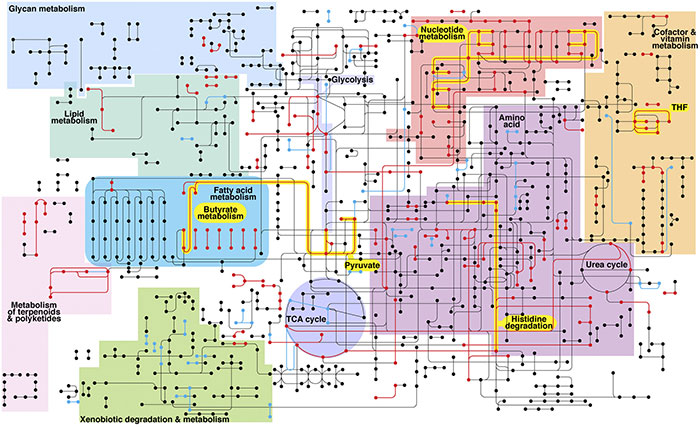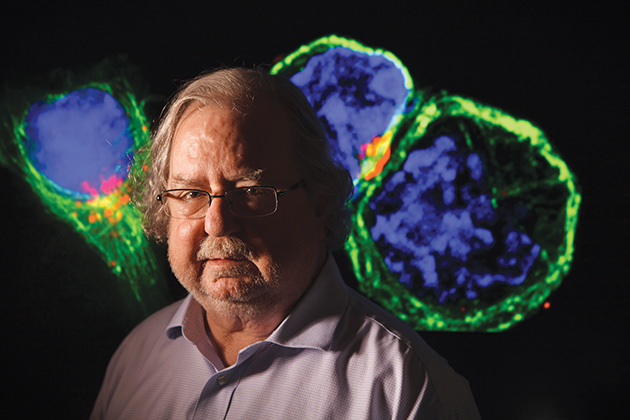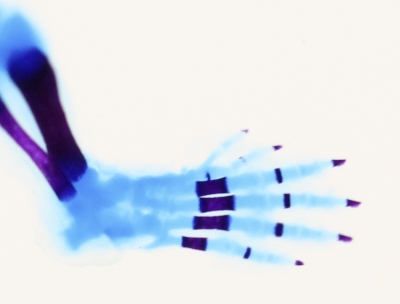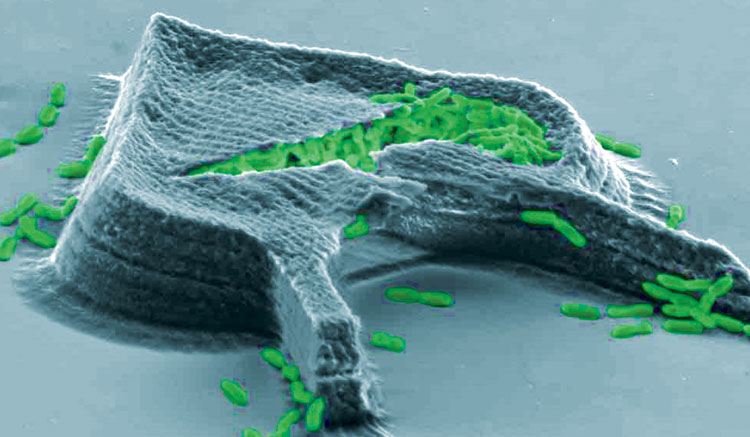AUSTIN – Forty-five new research teams from across the University of Texas System have been awarded $100,000 seed grants each as part of a UT System initiative to jump-start multi-disciplinary and innovative research on the human brain.
News
CSSB supports only high school iGEM team in Texas
Local students from the Liberal Arts and Science Academy in Austin, Texas, one of only 11 high school teams in North America, have been spending the summer in UT’s Center for Systems and Synthetic Biology’s Ellington Lab developing a bacteria that can sense Carbon Monoxide for the International Genetically Engineered Machine competition.
Graduate Student Selected for International Research Fellowship
By Steven E. Franklin
Biochemistry graduate student Yoori Kim is one of two students from The University of Texas at Austin selected by the Howard Hughes Medical Institute to receive a prestigious international research fellowship.
The development and characterization of synthetic minimal yeast promoters
Published in the Journal Nature Communications
By Heidi Redden & Hal S. Alper
New Publications for October 2014
Brooks ER, Wallingford JB(2014). Multiciliated Cells. Current Biology. 24(19):R973-R982. | PubMed
Enyeart PJ, Simpson ZB, Ellington AD(2014). A microbial model of economic trading and comparative advantage. Journal of Theoretical Biology. pii: S0022-5193(14)00569-4. | PubMed
Ki S, Park D, Selden HJ, Seita J, Chung H, Kim J, Iyer VR, Ehrlich LI(2014). Global Transcriptional Profiling Reveals Distinct Functions of Thymic Stromal Subsets and Age-Related Changes during Thymic Involution. Cell Report. | PubMed
Meyer AJ, Ellefson JW, Ellington AD(2014). Directed Evolution of a Panel of Orthogonal T7 RNA Polymerase Variants for in Vivo or in Vitro Synthetic Circuitry. ACS Synthetic Biology. | PubMed
Jones RA, Gnanam AJ, Arambula JF, Jones JN, Swaminathan J, Yang X, Schipper D, Hall JW, DePue LJ, Dieye Y, Vadivelu J, Chandler DJ, Marcotte EM, Sessler JL, Ehrlich LI, Brown KA (2014). Lanthanide nano-drums: a new class of molecular nanoparticles for potential biomedical applications. Faraday Discussions. | PubMed
Mouth Bacteria Can Change Its Diet, Supercomputers Reveal

The following excerpt is from an article and podcast by Jorge Salazar, published August 12, 2014 on the TACC website: read more
Raising the Tail: Jim Allison’s Pioneering Cancer Treatment

This excerpt is from an article by Jenny Blair, published May 2, 2014 in The Alcalde:
In 2004, two weeks before her wedding day, 22-year-old Sharon Belvin was diagnosed with advanced melanoma. The cancer had spread through her lungs, and after five months of chemotherapy, doctors found it had invaded her brain. Her odds weren’t good: at the time, 10-year survival rates for stage IV melanoma hovered around 10-15 percent.
Researchers Discover Why It’s So Hard to Grow an Extra Finger

The fact that most humans have five digits on each hand and foot is due in part to a complex developmental pathway called Hedgehog. If something goes wrong in this process during development, say a mutation in a critical gene that affects itsexpression, a person might be born with extra fingers or toes, a condition known as polydactyly. New research shows that for at least one part of the pathway, there is a sort of failsafe mechanism that seems to make it harder for mistakes to happen.
Back with a Vengeance: The Trouble with Defeating Diseases

A common practice millions of Americans partake in to stay healthy is actually doing much more harm than good and may be contributing to the spread of drug-resistant disease.
The solution: Don’t buy a product simply because it says it’s “antimicrobial.”
